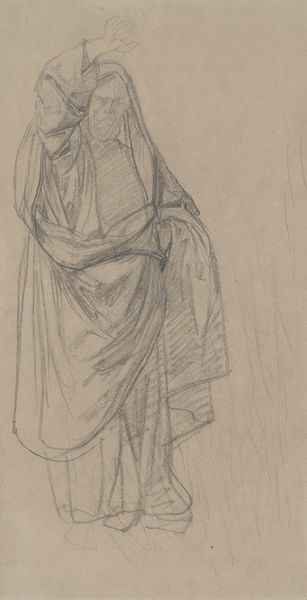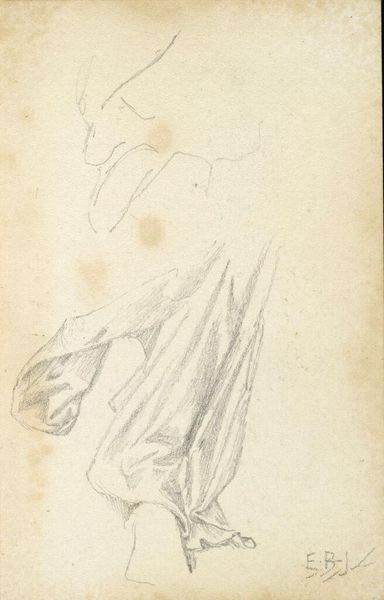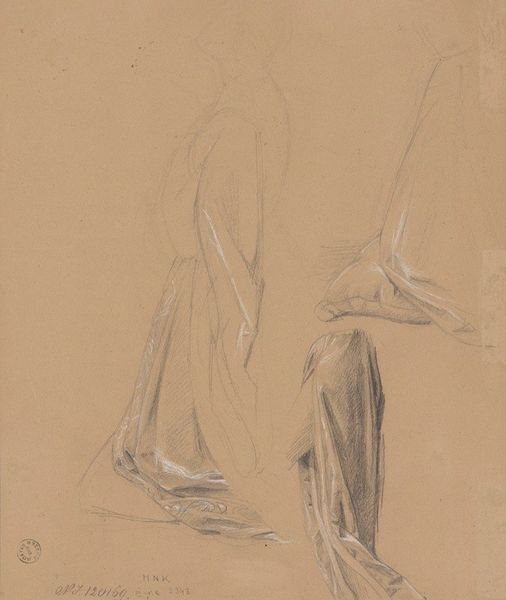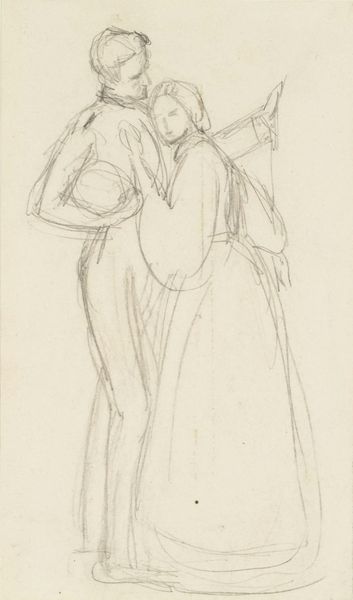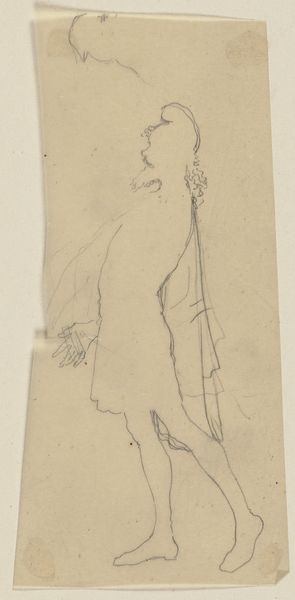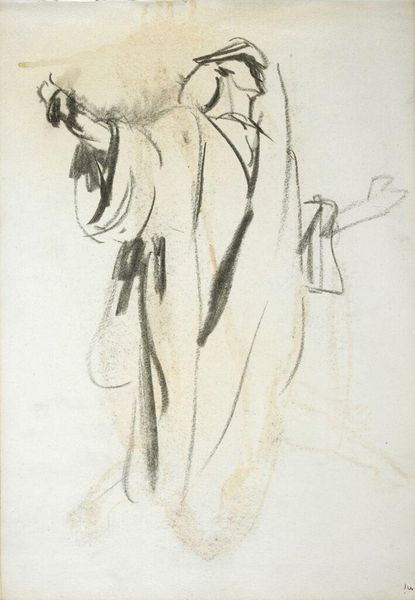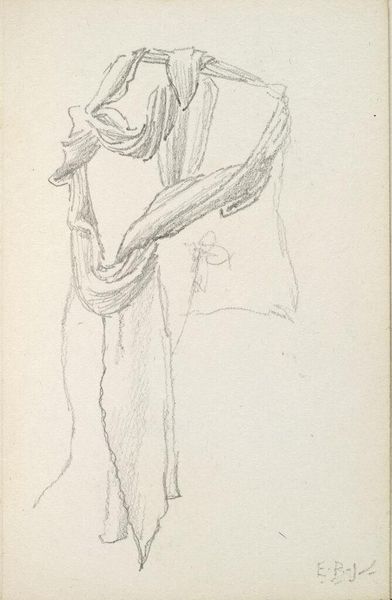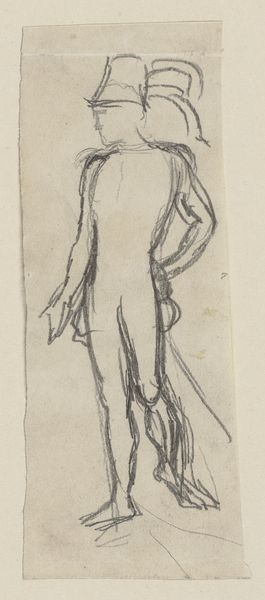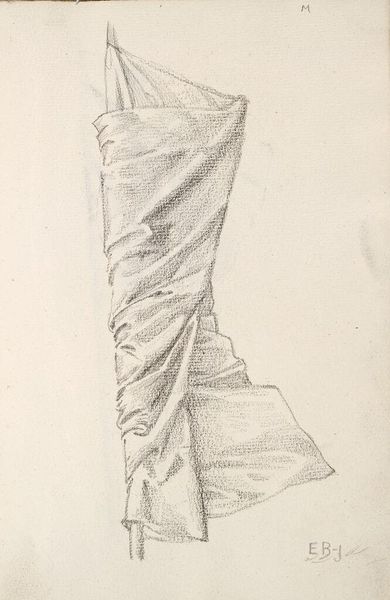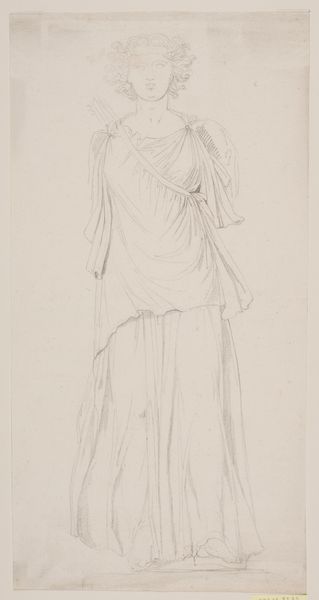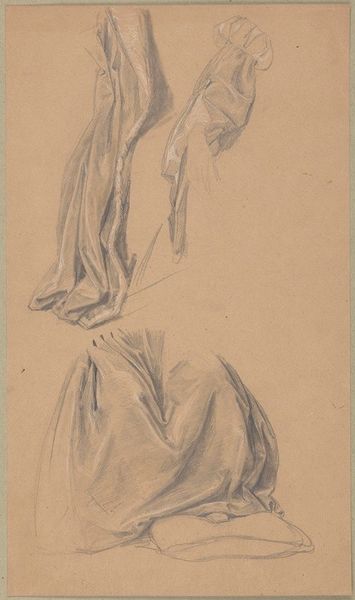
Studies for the painting ‘The Immaculate Conception of the Blessed Virgin Mary’ 1864
0:00
0:00
drawing, paper, pencil, graphite
#
drawing
#
figuration
#
paper
#
pencil
#
graphite
Copyright: Public Domain: Artvee
Curator: Looking at these studies is fascinating. These graphite and pencil drawings on paper, created in 1864 by Józef Simmler, are preparatory sketches for his painting, "The Immaculate Conception of the Blessed Virgin Mary." Editor: The immediate thing I notice is the softness. Even in these initial studies, there's a delicate quality to the rendering of the fabric. I find it almost sensual, despite the religious context we know it to have. Curator: Absolutely. As studies, these drawings give us a privileged look into Simmler's process. He wasn't simply trying to capture the likeness, but rather to understand how the material—the drapery itself—would communicate meaning within the finished painting. How it folds, how it catches light... that informs the overall impact. Editor: Thinking about it, the labour is also interesting. To give form and feeling to fabric that has its own inherent structural qualities must have been intensive, an engagement with gravity itself! One wonders what type of fabric Simmler used for the physical sketches? Curator: That is a really good point about the materiality of the actual fabric, particularly for a religious subject matter. But also consider the larger political context—Simmler lived through a period of Polish partitions. Religious iconography was inherently intertwined with national identity, becoming powerful political tools in asserting cultural resilience. Paintings such as this would reinforce social cohesion and shared values. Editor: The religious aspect aside, one can simply marvel at Simmler's technical prowess, a material feat in and of itself. What can feel cold when thinking about faith-based works actually gives way to very fine technique. Curator: I think that ultimately speaks to the dual function art served then, to be beautiful but to also remind audiences what it meant to belong to a certain group, and uphold certain beliefs. The means of its making thus plays a crucial role in helping solidify social ideologies and norms. Editor: It's easy to see, especially in a study like this, how intertwined these spheres actually are, whether religious, historical, material or political!
Comments
No comments
Be the first to comment and join the conversation on the ultimate creative platform.

